10 Books That Will Change How You Think About Fairy Tales
Fairy tales are everywhere these days. They rival superheroes at the movies and TV, and novelists rush to create their own darker, more relevant versions. But how well do you really know fairy tales? Here are 10 books that will change how you see the fairy tale.
Top image: Fairies by Arthur Rackham
1) Seven Wild Sisters: A Modern Fairy Tale by Charles de Lint
As de Lint writes in The Onion Girl, “People who’ve never read fairy tales,the professor said, have a harder time coping in life than the people who have.” And de Lint has crafted many beautiful approaches to the fairy tale throughout his career — this most recent book sports a starred review from Kirkus, and it’s the tale of Sarah Jane, the middle of seven sisters, who goes to visit the 80-year-old “Aunt” Lillian, only to get caught up in the vendetta of some bee fairies. If you love this book,then de Lint’s back catalog offers plenty more to delve into. [Amazon| BN|Books Inc. | Powell’s]
2) Not One Damsel in Distress: World Folktales for Strong Girls by Jane Yolen
The prolific Jane Yolen has been called America’s Hans Christian Andersen, and with this book she hunts down great folktales from around the world and presents them for young readers. The female heroes in these tales include a fierce Medieval knight named Bradamante, Li Chi, the Chinese girl who slays a serpent, and the Songhai hero Nana Miriam. [Amazon| BN|BooksInc. | Powell’s]
3) The Fairyland Series by Catherynne M. Valente
Starting with The Girl Who Circumnavigated Fairyland in a Ship of Her Own Making, these books made a huge stir when Valente started posting them on the internet — and then became a publishing sensation, as well. A gentleman named the Green Wind summons the 12-year-old September from Omaha to Fairyland, where she must retrieve a magical talisman, a witch’s spoon. The art is gorgeous, but the storytelling is also endlessly inventive and entertaining. And if you want more grown-up stuff, Valente also reinvented the Russian fairy tale of Baba Yaga in her novel Deathless. [Amazon| BN| Books Inc. | Powell’s]
4) Confessions of An Ugly Stepsister by Gregory Maguire
Maguire is probably better known for giving the Wicked Witch of the West in Wicked. But here, he takes on the Cinderella story from the point of view of one of the stepsisters,and recasts it as a sympathetic tale about a stepsister who loses everything and is forced to live with a new family. And it turns into a somewhat realistic historical novel about the complicated relationship between stepsisters. [Amazon|BN | BooksInc. | Powell’s]
5) Once Upon a Time: A Short History of Fairy Tale by Marina Warner
Marina Warner is one of the great experts on fairy tales, and in this book she sets out to create a simple map of the territory, ranging from the familiar to the unknown. Warner covers the diversity and strangeness of fairy tales, as well as explaining how they came to be sanitized and bowdlerized for young audiences. And she looks at how the same stories crossed borders and cultures, changing themselves to adapt to new contexts while proving robust and unkillable.The Guardian calls this book “wide-ranging and wonderful,” and “a winning exploration of the scope and power of fairy stories.” [Amazon| BN| Books Inc. | Powell’s]
6) Some Kind of Fairy Tale by Graham Joyce
This book won the World Fantasy Award, and it also blew our minds. It’s a pretty simple story about a girl who reappears after having been missing for 20 years — and she seems not to have aged. We discover the dark underside of the fairy tale tropes about girls who go to live in fairyland, and see just how much Tara’s disappearance destroyed the lives of her family and loved ones. But then Tara faces a choice: return to fairyland again, or cause even more trouble? This book will make you think about the meaning of fairytales all over again. [Amazon| BN|Books Inc. | Powell’s]
7) The Turnip Princess and Other Newly Discovered Fairytales
This treasure trove of previously unknown fairy tales was translated into English by Maria Tatar,who came and answered your questions recently. As Tatar explained to us, Franz Xaver VonSchönwerth collected these stories in the 1800s, at the same time as the Grimmbrothers were working on their own collections. And as Tatar told us, “Schönwerth never refashioned his stories” to make them acceptable to mass audiences — leaving them just as intense as the original oral storytelling. [Amazon| BN| Books Inc. | Powell’s]
8) The Uses of Enchantment: The Meaning and Importance of Fairytales by Bruno Bettelheim
This is the seminal work of Freudian analysis of fairy tales — Bettelheim digs into the underbelly of these tales and comes out with interpretations that seem startling and adult. Jack and the Beanstalk is a tale about masturbation, Snow White is about Oedipus and Electra complexes, and Cinderella is about penis envy and castration anxiety. Plenty of people have challenged Bettelheim’s conclusions, but his work still has a huge impact on how many people view these classic tales. [Amazon| BN| Powell’s]
9) The Bloody Chamber and Other Stories by Angela Carter
Before Carter wrote this book of original short stories with fairytale themes, she had already translated the work of Charles Perrault from French into English. And she had compiled two collections of fairy tales from all over the world for Virago. And then she set to work creating her own. AsNeil Gaiman told the Telegraph:
The Bloody Chamber is such an important book to me. Angela Carter, for me, is still the one who said: ‘You see these fairy stories, these things that are sitting at the back of the nursery shelves? Actually, each one of them is a loaded gun.Each of them is a bomb. Watch: if you turn it right it will blow up.’ And we all went: ‘Oh my gosh, she’s right – you can blow things up with these!’
10) The Original Folk and Fairy Tales of the Brothers Grimm: The Complete First Edition (Translated by Jack Zipes)
Zipes, a professor emeritus of German and comparative literature at the University of Minnesota, is one of the world’s leading fairytale experts. And with this recently published volume, he brings back the first edition of the Brothers Grimm, containing 157 stories. Some of these stories were sanitized for children in later editions, while others were removed altogether. As Zipes told the Guardian: “The original edition was not published for children or general readers. Nor were these tales told primarily for children. It was only after the Grimms published two editions primarily for adults that they changed their attitude and decided to produce a shorter edition for middle-class families.” (And if you want more startling retellings of the Grimm fairytales, check out a recent book of reimaginings by His Dark Materials author Philip Pullman.) [Amazon| BN| Books Inc. | Powell’s]



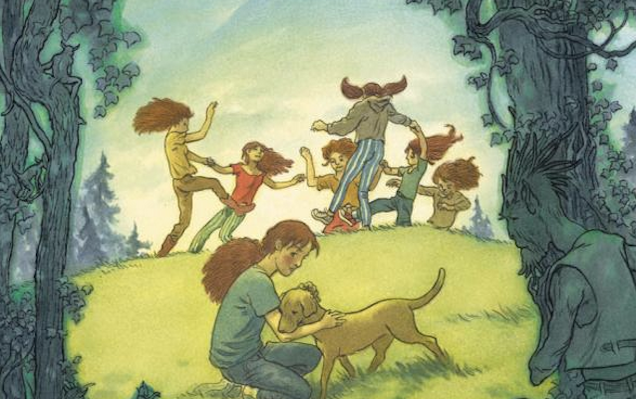
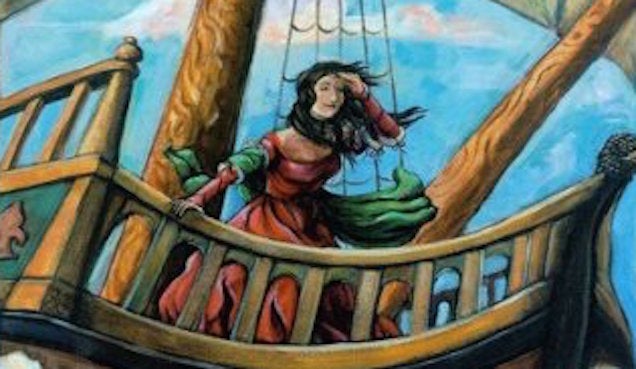


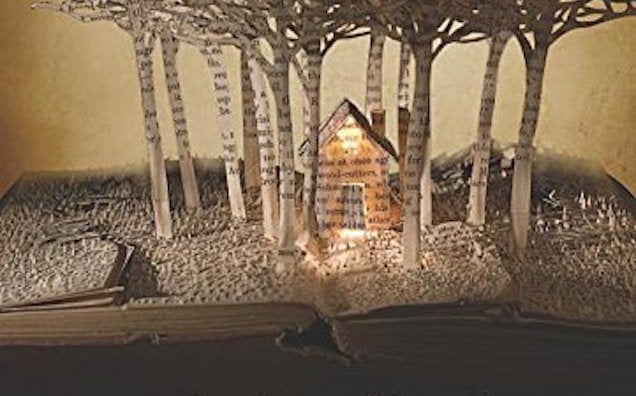
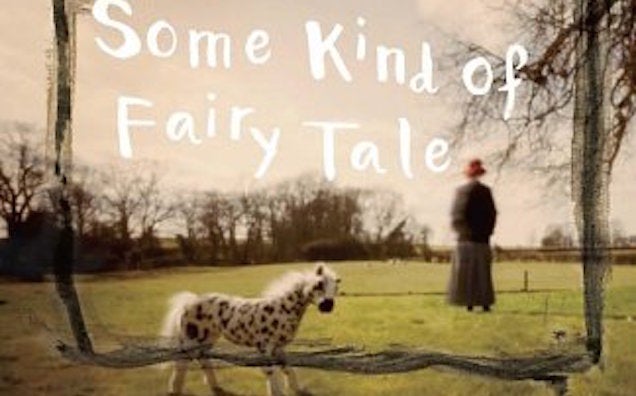
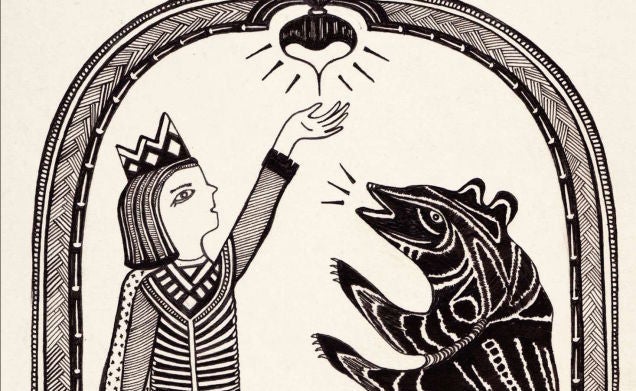
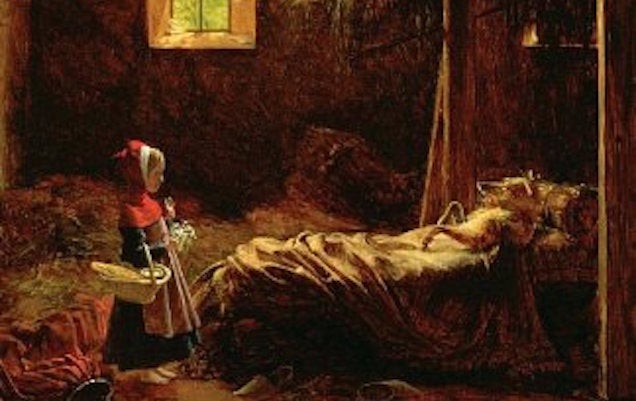
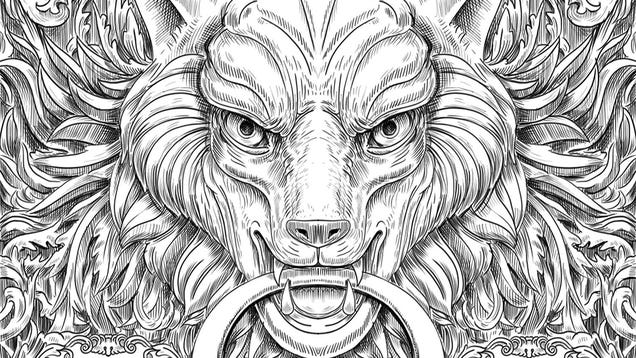

No comments:
Post a Comment